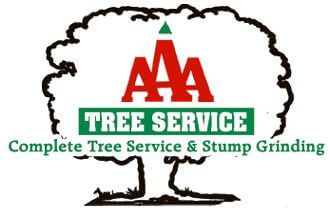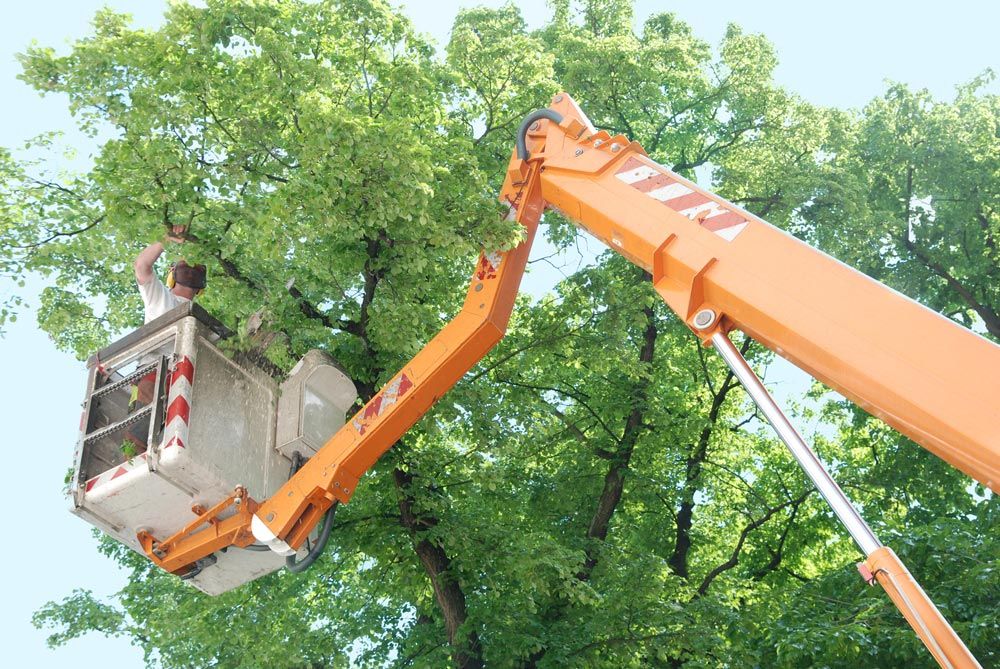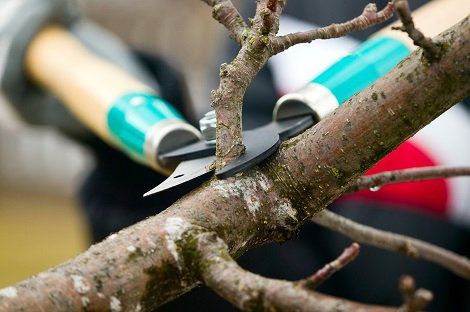CALL US TODAY!
What Causes Tree Stress?
If you note that your trees don't flourish as they did before, they're likely stressed. Signs of tree stress include slow growth, fungal infestation, early leaf drop, wilted leaves, and broken branches. In addition to natural stressors, human activities can stress and kill trees in urban environments. Recognize the common causes of tree stress.
Improper Planting
You cannot just dig a hole on the ground, place your tree, water it for a while, and hope for the best. You have to select the right tree for your area's soil conditions, prepare the soil, choose the proper planting site, and dig an adequate planting hole.
Improper planting techniques are major causes of tree stress and failure. For example, some homeowners plant a tree too deeply and leave dirt and debris to bury the root collar. After you plant your tree, wait for it to establish itself before adding fertilizer to prevent root burns. Keep in mind that signs of improper planting can take years to manifest, but consider this factor when you diagnose tree issues.
Improper Mulching
Mulching is an easy thing to do, but be careful not to overdo it. Too much mulch is a major tree stressor, as it can suffocate roots and interrupt root growth. Repeated application of mulch also often results in waterlogged conditions.
When you apply mulch around the tree's trunk and cover the root flare, you interfere with the movement of air to the soil. Some homeowners create volcanoes of mulch around a tree, where they pile mulch high against the tree. However, mulch shouldn't touch the bark, as it can suffocate the inner bark and harbor insects and pests.
The symptoms of improper mulching take a while to manifest and include unusually small leaves and off-color foliage. By the time you identify these signs, however, the tree may have gone into irreversible decline.
Poor Watering Techniques
Trees require water to survive, but too little or too much of it causes stress. An overwatered tree struggles to breathe as the excess water crowds the air pockets. The roots get too much water and inadequate oxygen, resulting in root rot. New growth also appears yellow or light green while older leaves curl or wilt.
Underwatering leads to a host of issues, such as dropping foliage and dieback. In this case, you need to rehydrate your trees, preferably with a drip irrigation system.
Mechanical Injury
The careless use of landscaping equipment like lawnmowers and weed eaters close to trees can cause injury and stress. If the injury is minor and damages only a few branches, the tree often quickly recovers.
However, damage to the tree's trunk may interrupt the movement of nutrients and water between the root system and leaves. In this case, the tree may start a slow decline and not be able to recover. The best prevention for mechanical injury is to keep the area around a tree's base free of grass and weeds.
Improper Pruning
Pruning promotes healthy plant growth if you do it right. If you use the wrong cutting methods, you leave behind wounds that can take longer to heal and invite pathogens and disease. Other homeowners heavily prune trees at the wrong time. For example, over-pruning during summer makes your trees less resilient to drought.
If you remove too many branches during the hot weather, you expose the bark to the hot sun and cause sunscald. If you prune just before fall, cold temperatures may kill the new growth. For the best results, don't over-prune trees at any time of the year.
Trees may seem resilient and indestructible, but they also get stressed by natural and human stressors. If you observe symptoms of tree stress, don't panic. Instead, call A A A Tree Service immediately for a professional diagnosis.
Browse Our Website
Contact Information
Phone: (916) 383-7413 | 916-925-0328
Address: 8511 Elwyn Avenue Elverta, CA 95626
State Contractors License # 861149
County Contractors License # 321511
City Contractors License # 141468
Special Contractors License # 609581


